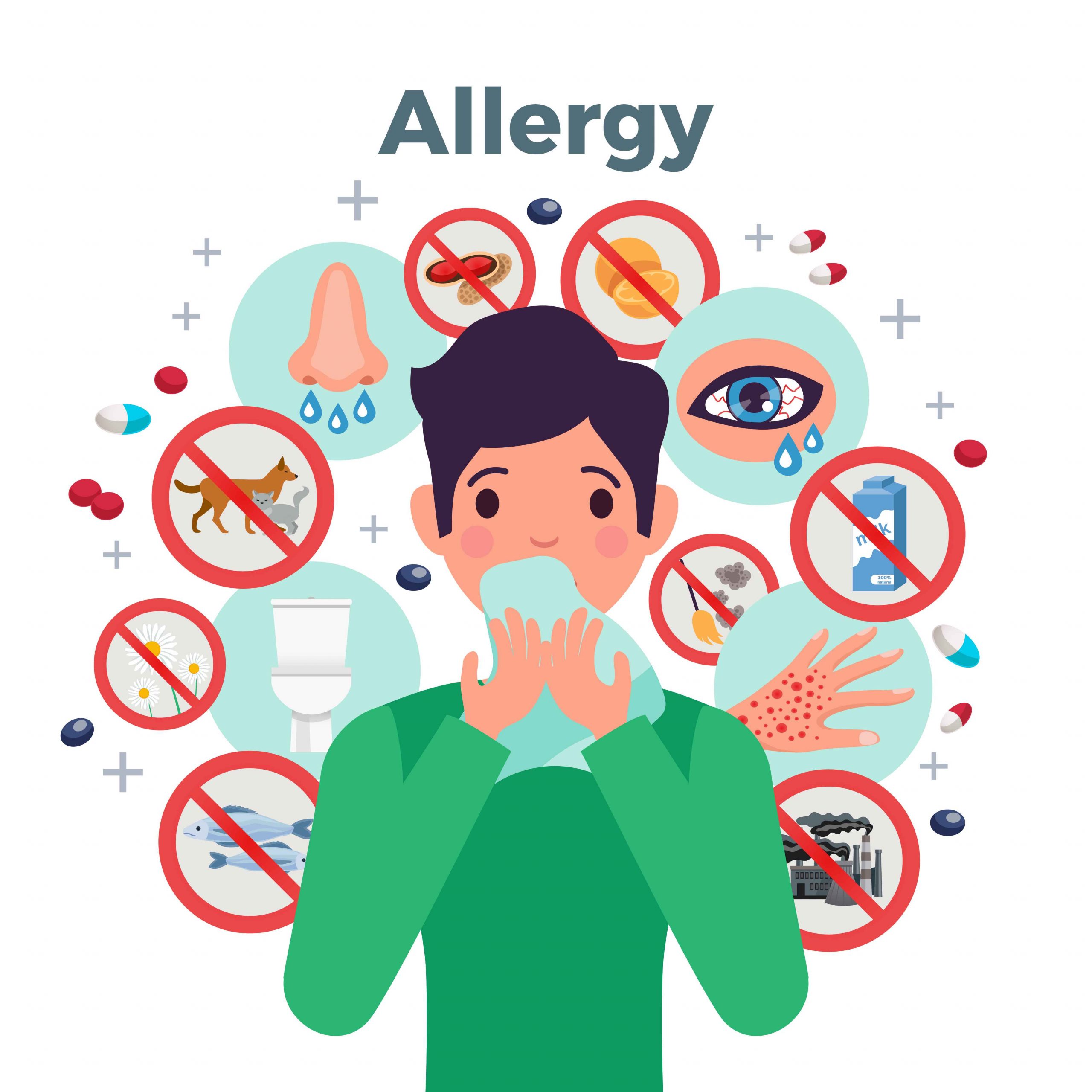
Anaphylaxis: Understanding and Managing Life-Threatening Allergic Reactions
Article:
Anaphylaxis is a severe allergic reaction that can be life-threatening. It can occur within minutes of exposure to an allergen, such as certain foods, insect stings, or medications.
The symptoms of anaphylaxis can vary from person to person, but commonly include:
Skin rash or itching
Swelling of the face, lips, tongue, or throat
Difficulty breathing
Chest discomfort
Nausea or vomiting
Diarrhea
Feeling dizzy or lightheaded
Loss of consciousness
If you experience any of these symptoms, it is crucial to seek immediate medical help. Anaphylaxis is a medical emergency and can be fatal if not treated promptly.
The primary treatment for anaphylaxis is epinephrine, also known as adrenaline. Epinephrine helps to open up the airways and reverse the other symptoms of anaphylaxis.
If you have a history of anaphylaxis, your doctor may prescribe an auto-injector, such as an EpiPen or Auvi-Q. These devices contain a pre-measured dose of epinephrine for self-administration during an emergency.
To help prevent anaphylaxis, consider the following measures:
Identify your allergens: Knowing which substances trigger your anaphylaxis enables you to avoid them.
Carry an auto-injector: If you have a history of anaphylaxis, it’s important to keep an auto-injector with you at all times.
Educate your family and friends: Ensure that your loved ones are aware of your allergies and know how to administer an auto-injector if needed.
If you have been diagnosed with anaphylaxis, consult your doctor for personalized management strategies. With appropriate treatment and prevention measures, you can lead a normal and active life.


